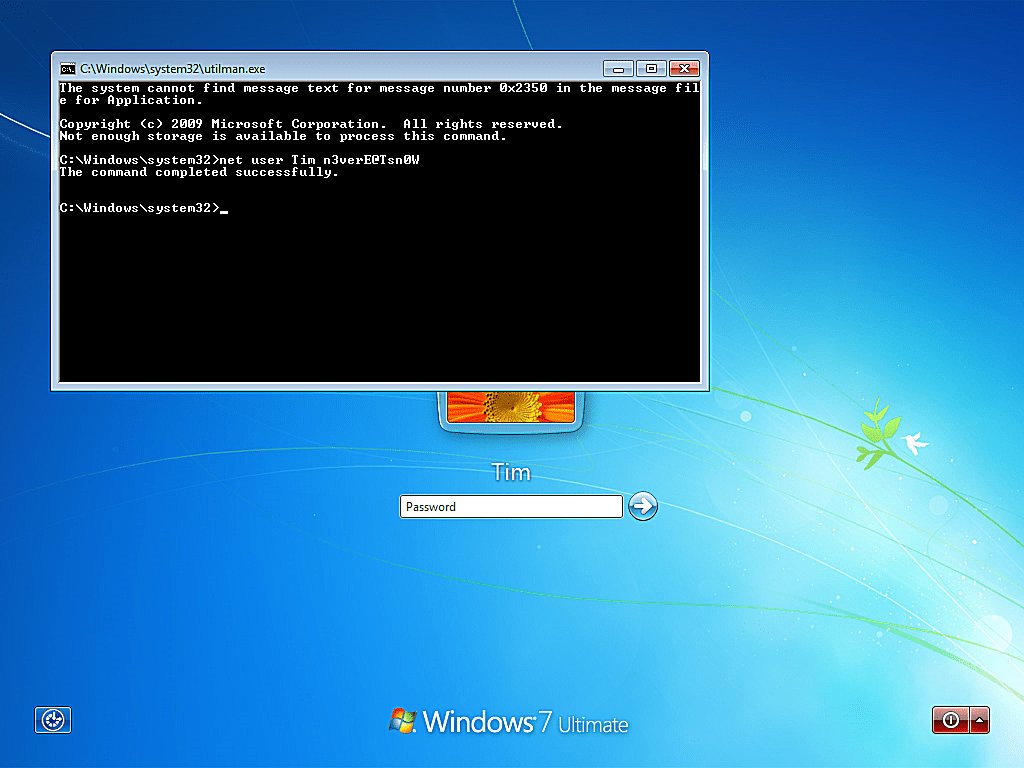How to change password in Windows 7

Introduction to Changing Password in Windows 7
Changing your password regularly is an essential security practice to protect your personal data and prevent unauthorized access to your Windows 7 user account. Whether you’re using a local account or a Microsoft account linked to your Windows installation, updating your password periodically enhances your system’s security posture. This guide provides comprehensive instructions on how to change your password in Windows 7, covering different scenarios and methods to ensure a secure and seamless process.
Methods to Change Password in Windows 7
Method 1: Using Ctrl + Alt + Delete
- Open the Secure Desktop:
- Press
Ctrl + Alt + Deletesimultaneously on your keyboard. This action opens a menu with several options, including “Change a password.”
- Press
- Select “Change a password”:
- Click on “Change a password” from the options displayed on the screen.
- Enter Current Password:
- In the “Change a password” window, type your current password in the “Old password” field.
- Enter New Password:
- Type your new password in the “New password” field. Ensure your password meets the complexity requirements set by your organization or personal preference.
- Confirm New Password:
- Retype your new password in the “Confirm new password” field to confirm it matches the one you entered above.
- Finish Changing Password:
- Click on the “Change password” button to finalize the password change. Windows 7 will update your password, and you will receive a confirmation message once the process is complete.
Method 2: Using User Accounts in Control Panel
- Open Control Panel:
- Click on the Start button (Windows icon) in the bottom-left corner of the screen and select “Control Panel” from the menu.
- Go to User Accounts:
- In Control Panel, click on “User Accounts and Family Safety” (or simply “User Accounts” depending on your view settings).
- Change Your Password:
- Click on “User Accounts” and then click on “Change your Windows password.” If prompted, enter your current password.
- Enter New Password:
- Type your current password in the “Current password” field.
- Enter your new password in the “New password” and “Confirm new password” fields.
- Save Changes:
- Click on the “Change password” button to apply your new password. Windows 7 will confirm the change with a notification.
Additional Tips and Considerations
- Password Complexity:
- Choose a strong password that includes a combination of letters, numbers, and special characters to enhance security.
- Password Reset Disk:
- Consider creating a password reset disk using the “User Accounts” section in Control Panel. This disk can help you reset your password if you forget it in the future.
- Regularly Update Passwords:
- Make it a habit to change your password periodically to maintain security. Avoid using easily guessable passwords or reusing old passwords.
- Microsoft Account Password:
- If you’re using a Microsoft account to sign in to Windows 7, you can change your password by visiting the Microsoft account website (account.microsoft.com) and following the instructions provided.
Conclusion
Changing your password in Windows 7 is a fundamental step in maintaining the security and integrity of your user account. By following the step-by-step instructions outlined in this guide, you can easily update your password using either the Ctrl + Alt + Delete method or through the User Accounts section in Control Panel. Regularly updating your password and choosing strong, unique passwords are essential practices to protect your personal information and prevent unauthorized access to your computer system.
Experiment with different password management strategies and security settings to optimize your Windows 7 experience while safeguarding your data and privacy.




